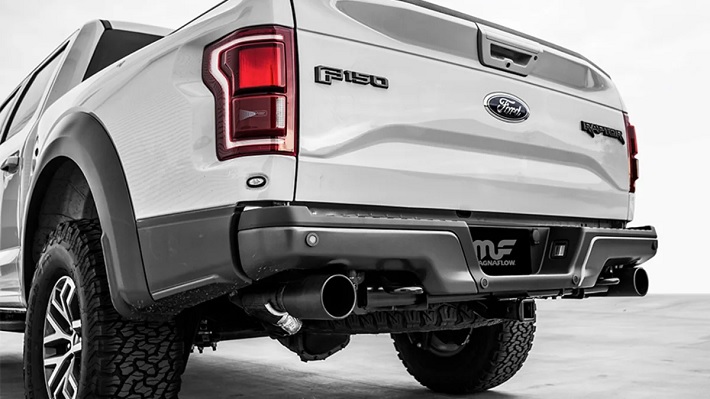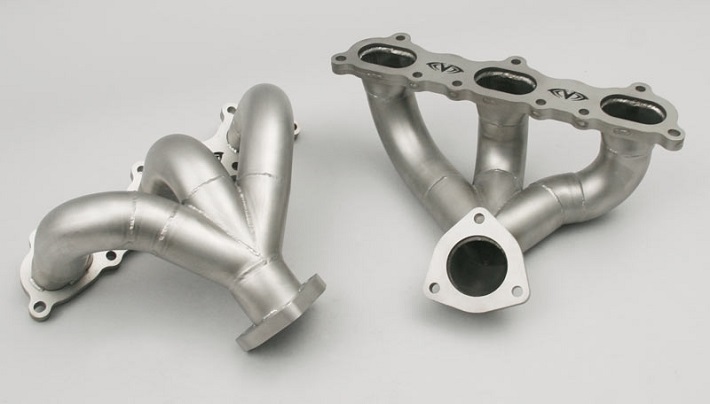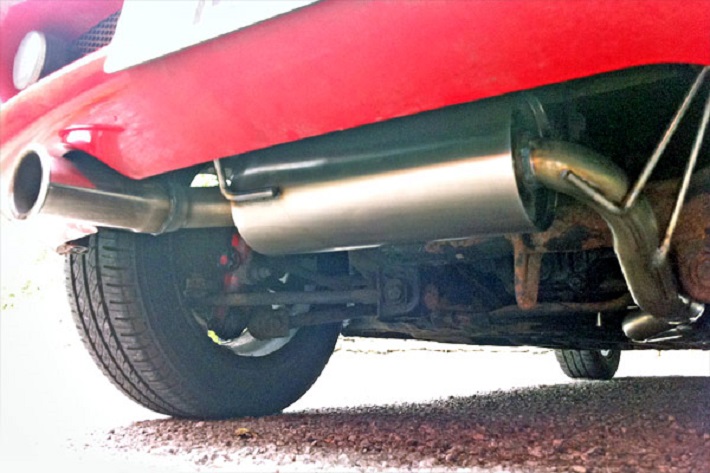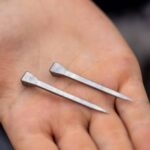If you want your Ford to perform to the best of its abilities, it’s important for its engine to get optimum amounts of clean, cool air, and to release the exhaust gases that are a result of the combustion process as quickly and efficiently as possible. While your stock exhaust system can do that decently, for many gearheads, like myself, decent is not good enough. The solution to improved performance and mileage? Aftermarket Ford exhaust systems.

Source: Jalopnik
Ford exhaust system replacements have become a very popular upgrade not just for off-road enthusiasts, but for everyday Joes as well. They’re a valuable investment that won’t break your bank, but will provide your ride with substantial performance and mileage improvement, on top of the improvements in noise and looks.
But how do aftermarket Ford exhaust systems accomplish all of this? Well, in order to understand that, you’ll first need to get an idea of how exhaust systems are designed, and what each and every part of the system does. While there can be some variations, Ford performance exhaust systems are comprised of headers, catalytic converters, downpipes, a DPF (diesel particulate filter), tailpipe and centre section.

Source: Evoms
Exhaust Headers
Exhaust headers are metal pipes that are bolted onto the side of Ford’s engine. There’s one pipe per cylinder. Stock exhaust headers are usually made of cast iron or mild steel, whereas aftermarket headers are made of stainless or aluminised steel. Between the engine and headers, there’s a manifold gasket that maintains an air-tight seal between both components. There are a few different header designs, but their purpose is pretty much the same – to scavenge the spent exhaust gases into the pipes that run down the length of the exhaust system.
Downpipes
Most vehicles have a downpipe, which is basically a connector from the header to the catalytic converter, also known as ‘cat’. In some vehicles, the catalytic converter is integrated onto the downpipe, while other vehicles have pre-cats, which are converters that aid the operation of the main catalytic converter. The downpipe usually features a flexi section (commonly found on front-wheel drive transverse engines). Additionally, the downpipe plays a crucial role in allowing the engine to move without its vibrations damaging the headers.

Source: Carboncleaningmachine
Catalytic Converters
Everybody knows that vehicles produce harmful exhaust gases. It’s the catalytic converter’s job to reduce them into less harmful gases. Every vehicle is equipped with a catalytic converter, which features a honeycomb-ish structure that increases its surface area. The catalysts found inside the cat convert carbon monoxide into carbon dioxide, nitrogen oxide into oxygen and nitrogen, and unburnt hydrocarbons into water and carbon dioxide. And while the resulting exhaust gases aren’t completely harmless, they’re less harmful than the gases that go into the converter. Further, most catalytic converters feature a lambda sensor. This part is mounted to the pipe entering the cat, which monitors the gases entering and exiting the catalytic converter to ensure it’s operating properly.
Diesel Particulate Filter
Every diesel vehicle is equipped with a DPF on top of a catalytic converter, whose purpose is to filter soot and other harmful particles that are a result of burning diesel. This filter traps the particulates in a series of honeycomb/mesh screens until it becomes full. Once the filter is full, the vehicle starts a process known as regeneration. This process makes the ECU raise the exhaust gas temperature significantly so that the particulates burn off and are converted into ash. Most of the time, this process occurs without you even realising as you drive. You may notice a faint burning smell, the engine being more hesitant or the cooling fans being on for a longer time period. If the process of regeneration fails, the DPF can become blocked, at which point you’ll need to induce a forced regeneration with the help of professional diagnostic tools.

Source: Methinksperchance
Centre Section
Sometimes, the exhaust centre and tip section are made as one piece, but since exhaust systems don’t wear out evenly along the entire length, most exhausts have them separate. The centre section contains at least one muffler, which is comprised of an arrangement of pipes, and its purpose is to quieten the noise made by the engine. The more mufflers you have, the quieter the exhaust note will be. However, keep in mind that too many mufflers can restrict gas flow, which will hamper efficiency and performance.
Tailpipes
After the mufflers, the pipes that the exhaust system ends with are known as tailpipes. Tailpipes are connected to the centre section with a sleeve-fitting. The size and design of the tailpipes can also alter the sound produced by the exhaust system. Further, their appearance is the most noticeable part of the entire exhaust system and they also play the biggest role in how your Ford looks. Tailpipes are available in a wide range of styles, sizes, shapes and designs.



